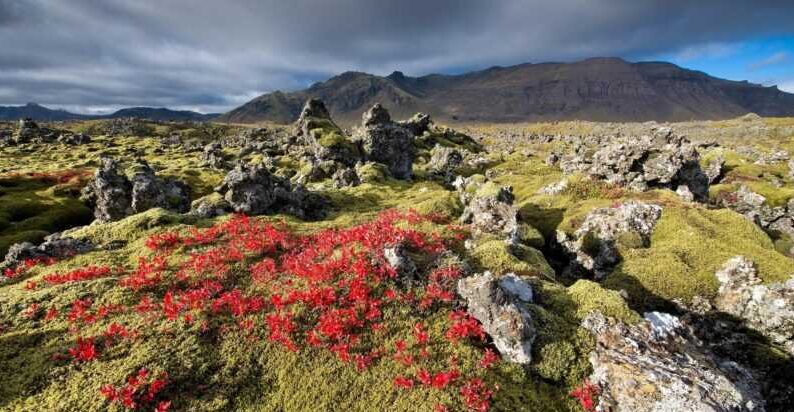Icelandic weather is notoriously unpredictable. In summer there’s a fair chance of bright and sunny days, and temperatures can reach 17°C, but good weather is interspersed with wet and misty spells when the temperature can plummet to a chilly 10°C. When thinking about the best time to visit Iceland, it’s worth bearing in mind that most museums and attractions are only open from late May to early September, and it’s at these times, too, that buses run their fullest schedules.
Although almost all of Iceland lies south of the Arctic Circle and therefore doesn’t experience a true Midnight Sun, nights are light from mid-May to early August across the country; in the north, the sun never fully sets during June. Between September and January the Aurora Borealis or Northern Lights can often be seen throughout the country. In winter temperatures fluctuate at 7–8°C either side of freezing point and daylight is limited to a few hours – in Reykjavík, sunrise isn’t until almost 11am in December; the sun is already sinking slowly back towards the horizon after 1pm.

